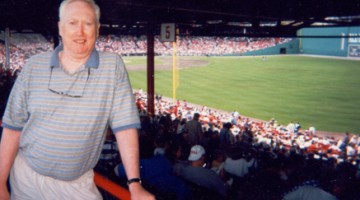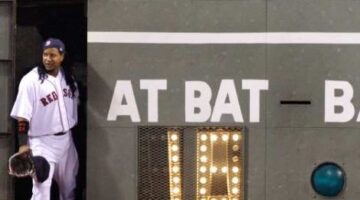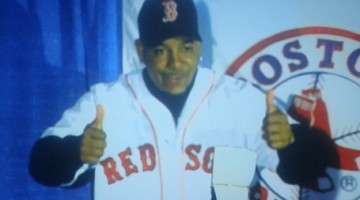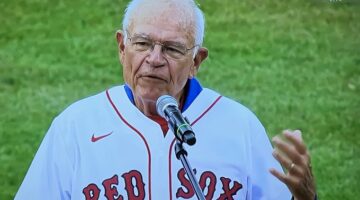 A lot of people reading this site probably don’t even know the name Evel Knievel. But in the late sixties and early seventies, it was a household name. In the days before TiVO, DVR and even VCR, Knievel’s stunts were the original must-see TV. Once or twice a year, Evel Knievel would come up with some crazier-than-the-last-one stunt to jump over cars, barrels or trucks on his motorcycle. Most times, it would end up as a nationally-broadcast near suicide. Perhaps the most horrific event was in 1968 when he attempted to jump over the Fountains at Caesars Palace in Las Vegas. He cleared the fountain, but lost control during the landing and bounced ass-over-heels for 165 feet before a brick wall stopped his progress. Knievel passed away this week at the age of 69.
A lot of people reading this site probably don’t even know the name Evel Knievel. But in the late sixties and early seventies, it was a household name. In the days before TiVO, DVR and even VCR, Knievel’s stunts were the original must-see TV. Once or twice a year, Evel Knievel would come up with some crazier-than-the-last-one stunt to jump over cars, barrels or trucks on his motorcycle. Most times, it would end up as a nationally-broadcast near suicide. Perhaps the most horrific event was in 1968 when he attempted to jump over the Fountains at Caesars Palace in Las Vegas. He cleared the fountain, but lost control during the landing and bounced ass-over-heels for 165 feet before a brick wall stopped his progress. Knievel passed away this week at the age of 69.
Knievel reportedly broke every bone in his body at least once, and was quoted as saying he was “nothing but scar tissue and surgical steel.” His body began failing and he was forced to retire in 1980. Most of the damage was done by the crashes, but Knievel also was in the habit of enjoying large quantities of whiskey and beer, and he also contracted Hepatitis C as a result of his many blood transfusions. He also suffered from diabetes and idiopathic pulmonary fibrosis, a terminal lung condition.
While Fonzie is credited with “jumping the shark” on Happy Days and forever coining a phrase that would become as synonymous with failure as Waterloo, Evel Knievel was actually the first to jump over sharks.
In Chicago, he soared over an aquarium tank containing 13 sharks but
skidded on the exit ramp and fractured his right forearm and his left
collarbone.
In 1974, Knievel may have “jumped the shark” with his own career when he attempted to jump over the Snake River Canyon on a motorcycle/rocketship. The vehicle’s safety chute opened prematurely and Evel floated safely to the bottom of the canyon.
Evel Knievel walked the fine line between bravery, stupidity and madness. His recklessness made watching him irresistible, either to see him do something nobody had ever done or to see him wreck himself trying. He was a one-of-a-kind and the last of a breed of entertainer that is no more. In his own words, he was “the last gladiator in the new Rome.”








